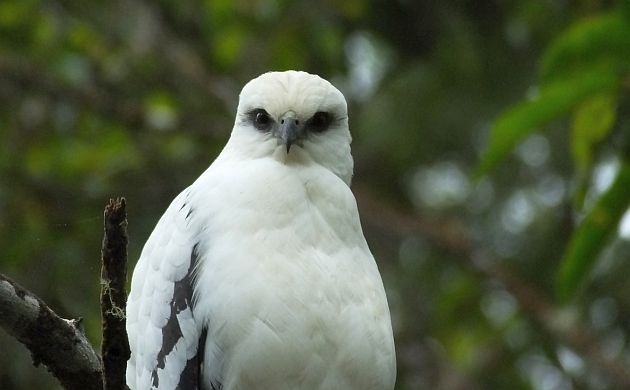
What birder doesn’t get excited about raptors? Sort of like the mega birds, these aren’t your average worm-eating, seed-feeding, chirping guys with brightly colored plumage. Instead of being “little brown jobs”, most are large, in charge, and always ready to sink their talons into prey. By merit of their dimensions and fierce appearance, even non-birders throughout history have taken note of the raptors.
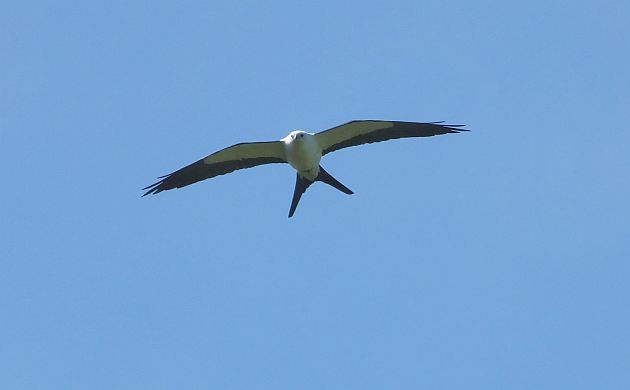
I took note of this Swallow-tailed Kite at San Vito.
In Costa Rica, we have more than our fair share. In keeping with high diversity in other aspects of the avian kingdom, including falcons and excluding owls, this small country has a raptor list that tops fifty species. It’s a fine selection of birds for a place the same size as West Virginia but it also comes with a catch commonly found in tropical forest ecosystems. There might be a lot of species, but competition and other factors result in fewer individuals of each species. This basically means that it’s not easy being a raptor in Costa Rica. While there’s a lot of protected habitat, with so many other raptors and birds to compete with, each species has a pretty small population. In fact, because the numbers are so small, I bet we could get a fair estimate about the numbers of every raptor species in Costa Rica with a bit of effort.
To throw another monkey wrench into the raptor situation, clime change isn’t doing them any favors. The hotter, drier weather in Costa Rica might be helping the caracaras and a few other open country species, but the ones that rely on healthy humid forest environments are being seriously challenged. As with so many other bird species in Costa Rica that require humid tropical forest, various raptors seem to also be in decline. A few, like the Ornate Hawk-Eagle, are probably out-competing other species and thus on the increase but the numbers for most seem to be going down.

The shrike-like Pearl Kite might also be on the increase.
So, to make a long story short, it’s getting even harder to see raptors in Costa Rica and thus that much more pertinent to know about the best places for seeing them. In general, the best spots aren’t going to be wide open fields because those are recent, human-made habitats much more suited for cattle than forest birds. Instead, spend more time in protected areas with humid forest where you can see the sky and canopy. This way, you can spot that White Hawk making a bright exclamation point against the green wall of forest.
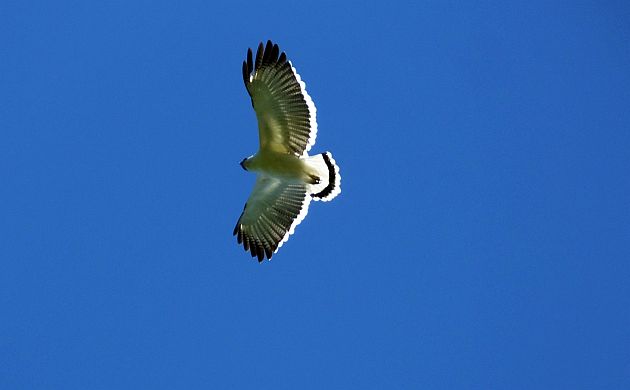
This White Hawk was at Virgen del Socorro, one of the best sites for raptors in Costa Rica.
Watching the sky above forest also increases chances at seeing such birds as
King Vulture
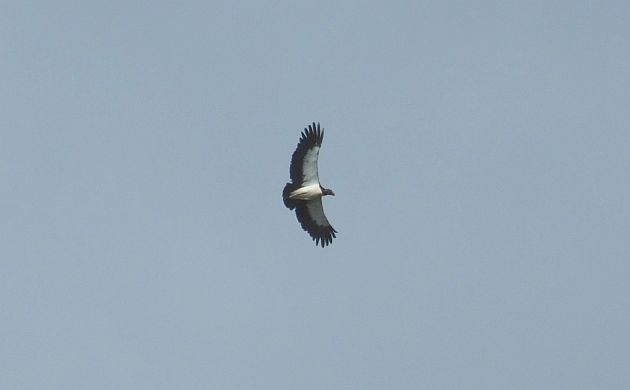
Barred Hawk
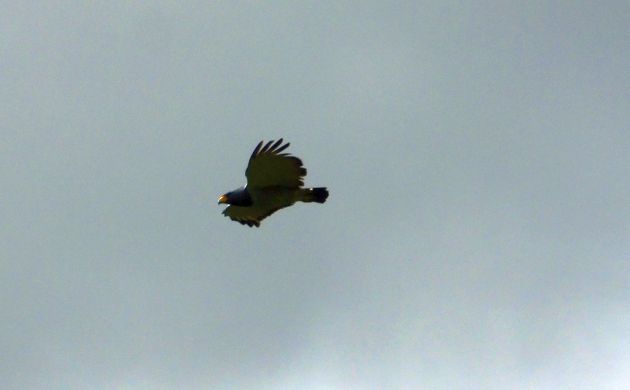
Black Hawk-Eagle
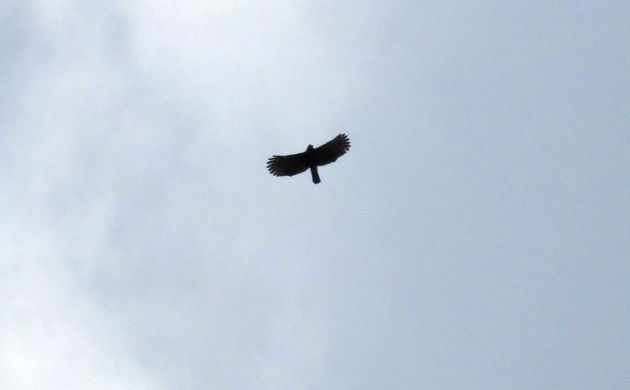
Ornate Hawk-Eagle
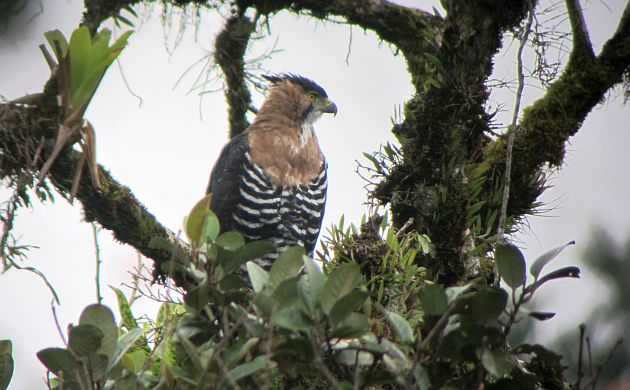
and even the rare Black and white Hawk Eagle.

Away from good forest, we can still get looks at three of the more commonly seen, non-vulture raptor species in Costa Rica:
Broad-winged Hawk
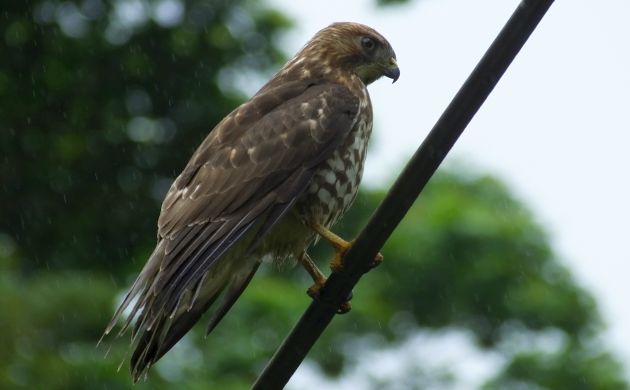
Gray Hawk
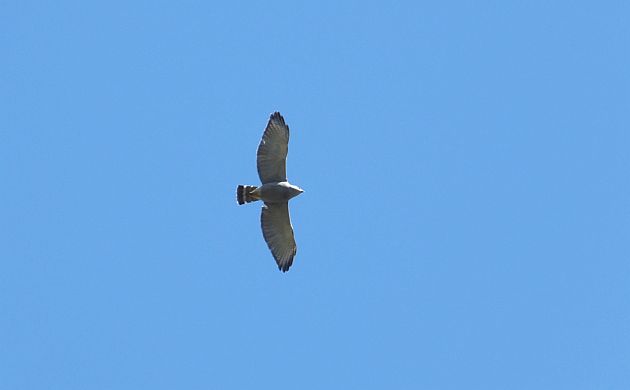
and Short-tailed Hawk.
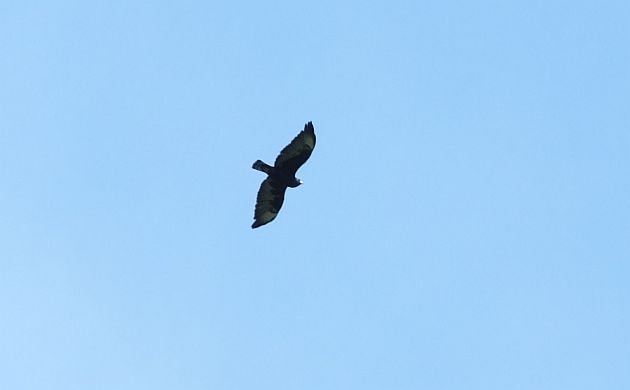
But don’t take my word for it, come to Costa Rica to check out the raptor situation for yourself. You’ll see a few hundred other bird species while looking for hawks, hawk-eagles, and kites anyways.













An astonishing lineup! That Black and White Hawk Eagle- wow!